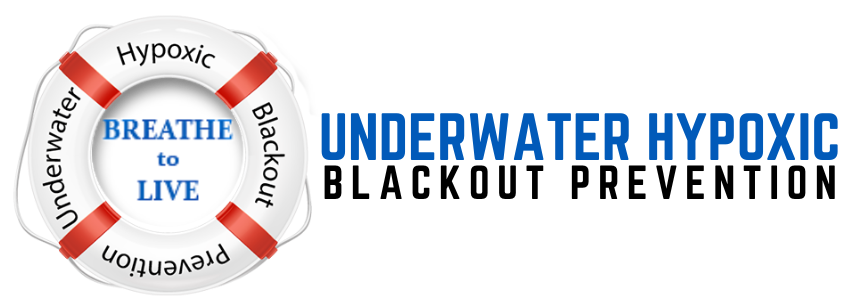On March 22, 2017, The Inertia published an article detailing new research that indicates hyperventilation is NOT necessary for SWB to occur. You can read this informative article here.
The aquatics experts here at Shallow Water Blackout Prevention are very pleased to learn this (much needed) research is taking place. Dr. Rhonda Milner, Founder and Chairman of SWBP, commented on the article, saying this:
Thank you, Phil for a great and enlightening article. Thank you Dr. Merritt for your research at VitalityPro. This explains why we at Shallow Water Blackout Prevention have said all along, blackouts do and can occur without hyperventilation.
This means that O2 depletion is as important as abnormally lowering CO2 levels with hyperventilation leading to SWB. That is why multiple, repetitive breath-holding laps are so dangerous. O2 levels can get so depleted, when not allowed a chance to be fully restored, that a person blacks out before they have CO2 levels high enough to signal them to breathe.
We have also found that a determined person can ignore his urge to breathe finding the urge to breathe temporarily subsiding. I would love to see research on the explanation and physiology of the observation. I suspect endorphins are released giving a feeling of euphoria. This all supports why multiple, repetitive, competitive breath-holding laps with hyperventilation are a lethal combination. Hence, the two Navy SEALs that died a few years ago in the base pool in Norfolk, VA while competing against each other doing breath-holding laps.
It looks like the pulmonary training program at VitalityPro is aerobically based which we have supported as how to best build and strengthen lung capacity with wind sprints, and so on. Hypoxic training underwater anaerobically is dangerous and can lead to blackout without warning. And, it certainly should never be performed without close supervision. As stated earlier, this research is so important because it proves that SWB is not only caused from hyperventilation, but from O2 depletion and inadequate restoration of O2 levels. It also gives further explanation for the cause of surface blackouts when free diving, besides redistribution of blood flow secondary to pulmonary pressure gradient changes.
I am so glad VitalityPro is doing this needed research on the physiology and causes of SWB. This is what we have so needed. Kudos to all involved at VitalityPro. Thank you, Dr. Frank Merritt for your research and as founder of VitalityPro, Brandon Rager as director of VitalityPro, and Phil White at theinertia.com for this article. We would love to add this article to our website and stay in touch with VitalityPro and their active research. Also, great chart illustration!
Thank you!
Rhonda Milner, MD
Founder and Chairman, Shallow Water Blackout Prevention















